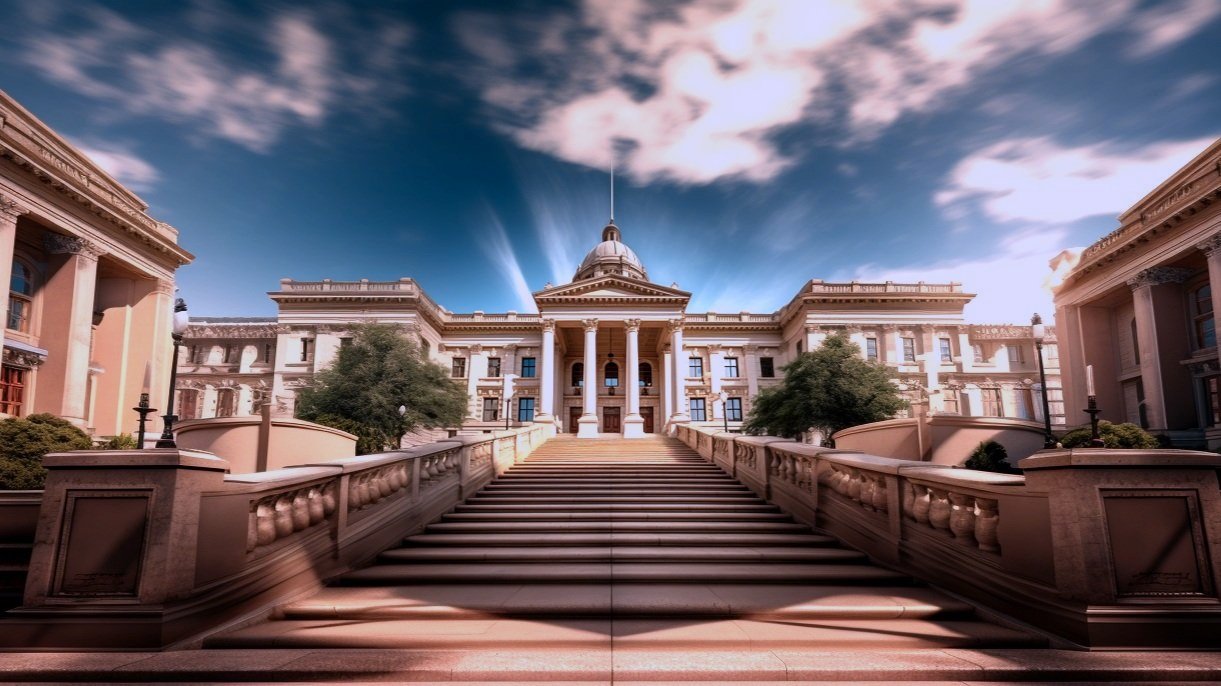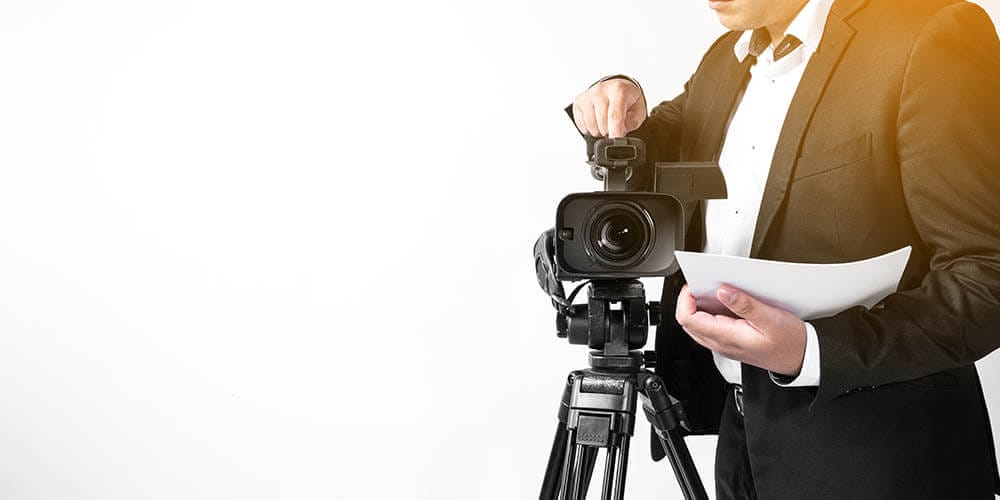The Function of Legal Videography in Modern Legal Process
Wiki Article
Looking Into the Mechanisms of Lawful Videography: Introduction Its Operation in Safeguarding Genuine Aesthetic Testimony for Judicial Procedures
In the world of judicial proceedings, the role of legal videography stands as a foundation in protecting and providing visual evidence. As innovation remains to breakthrough, the systems behind lawful videography have come to be progressively elaborate, supplying a vital layer of credibility to testaments caught on video. By diving into the functional ins and outs of lawful videography, one can uncover the careful processes that safeguard the honesty of visual evidence offered in courts - Legal Videography. This exploration not just clarifies the historical advancement of legal videography but also hints at the future patterns that might even more revolutionize just how visual statements are supported in the realm of justice.Historical Development of Legal Videography
Taking a look at the historical development of lawful videography exposes a significant transformation in the recording and presentation of aesthetic evidence within the legal landscape. In the past, lawful proceedings greatly depended on created transcripts and pictures to record occasions and supply proof. With the arrival of video clip technology, the legal industry saw a paradigm shift in exactly how visual testament was recorded and presented.The evolution of legal videography can be traced back to the late 20th century when advancements in video clip recording equipment made it a lot more accessible for use in court rooms. This technical advancement not only enhanced the precision and dependability of aesthetic evidence yet additionally changed the way situations existed to courts and judges (Legal Videography). Attorneys began to acknowledge the influential power of video clip recordings in conveying emotions, nuances, and non-verbal cues that created pictures or records alone might not capture effectively

Modern Technology Innovations in Video Clip Documentation
What crucial technical improvements have revolutionized video documents in the legal area? The legal area has seen significant innovations in video clip paperwork innovation that have boosted the authenticity and dependability of aesthetic evidence in judicial proceedings. Among the crucial innovations is high-def (HD) video recording capacities, which provide crystal-clear photos and sharp information that are important for properly catching testaments, faces, and other visual hints. Additionally, the integration of timestamping and metadata features in video clip paperwork tools has actually enabled exact paperwork of when and where the video clip was taped, making certain the honesty of the proof offered in court.Moreover, developments in video encryption and watermarking modern technologies have actually boosted the protection and tamper-proof nature of video clip evidence, safeguarding it versus unapproved modifications or meddling. Moreover, the advent of cloud storage solutions and remote access capabilities has streamlined the storage space, retrieval, and sharing of video clip evidence, facilitating smooth collaboration among legal specialists and guaranteeing reliable access to essential visual testimonies when needed. These technical improvements in video clip documents have actually undoubtedly reinvented the lawful area, boosting the precision, reputation, and admissibility of visual evidence in judicial proceedings.
Duty of Legal Videographers in Courtroom Settings
The evolution of video paperwork innovation in the legal field has demanded a vital role for legal videographers in court room setups, guaranteeing the honesty and dependability of aesthetic testaments presented throughout judicial procedures. Legal videographers play a basic role in catching and protecting precise visual evidence that can be crucial in litigation. Their obligation reaches setting up devices, recording procedures, and creating top notch video clips that properly reflect the events in the court room.
Furthermore, legal videographers often function very closely with legal teams to guarantee that the video proof aligns with the instance's requirements and can be effectively provided in court to support the legal disagreements being made. In his explanation general, the duty of lawful videographers in court room settings is essential in supporting the principles of justice and ensuring the transparency of legal procedures. Legal Videography.

Ensuring Admissibility and Honesty of Video Evidence
To preserve the reliability of aesthetic evidence offered in legal process, ensuring the admissibility and integrity of video proof is a vital obligation for lawful videographers. Admissibility describes the acceptance of proof by the court, and for video clip evidence to be admissible, it needs to fulfill certain standards. Legal videographers play a vital role in guaranteeing look at here that the videos they record follow the policies of evidence, such as credibility, integrity, and importance.Integrity of video proof includes maintaining the originality and precision of the video from the moment it is recorded up until it exists in court. This includes firmly keeping the video documents, recording the chain of custody, and avoiding any meddling or changes. Lawful videographers should follow strict protocols to ensure the stability of the video clip proof and protect against any kind of difficulties to its authenticity.
Future Trends in Legal Videography
Provided the raising dependence on innovation in lawful proceedings, legal videographers are poised to welcome ingenious innovations forming the future of aesthetic statement capture and presentation. Among the popular trends coming up is the integration of digital reality (VR) and boosted reality (AR) modern technologies into lawful videography. These modern technologies have the potential to revolutionize just how aesthetic proof is provided in courtrooms, enabling juries and courts to submerse themselves in the scene of the criminal offense or case.Furthermore, making use of expert system (AI) algorithms for video clip evaluation is expected to simplify the procedure of examining and assessing large quantities of video footage. AI can help in recognizing crucial moments, anomalies, and patterns within videos, enhancing the effectiveness of click reference legal examinations.

Verdict
Finally, lawful videography has actually played a critical duty in giving authentic aesthetic proof for judicial procedures. Via technical innovations and the know-how of legal videographers, the honesty and admissibility of video clip proof are made certain in court room setups. As lawful videography remains to develop, it will certainly be vital to support requirements that maintain the accuracy and integrity of visual testimony for the future of lawful proceedings.Examining the historical progression of lawful videography reveals a substantial makeover in the recording and discussion of aesthetic proof within the legal landscape.The development of video clip documentation modern technology in the lawful area has actually required a critical role for lawful videographers in court room settings, making certain the honesty and dependability of aesthetic testaments presented throughout judicial procedures. Furthermore, lawful videographers often function closely with legal groups to make sure that the video clip evidence straightens with the situation's requirements and can be effectively offered in court to support the legal arguments being made.To maintain the reputation of visual proof presented in lawful process, guaranteeing the admissibility and integrity of video clip evidence is a crucial responsibility for legal videographers. As legal videography continues to advance, it will certainly be essential to support requirements that maintain the precision and dependability of aesthetic testimony for the future of legal procedures.
Report this wiki page